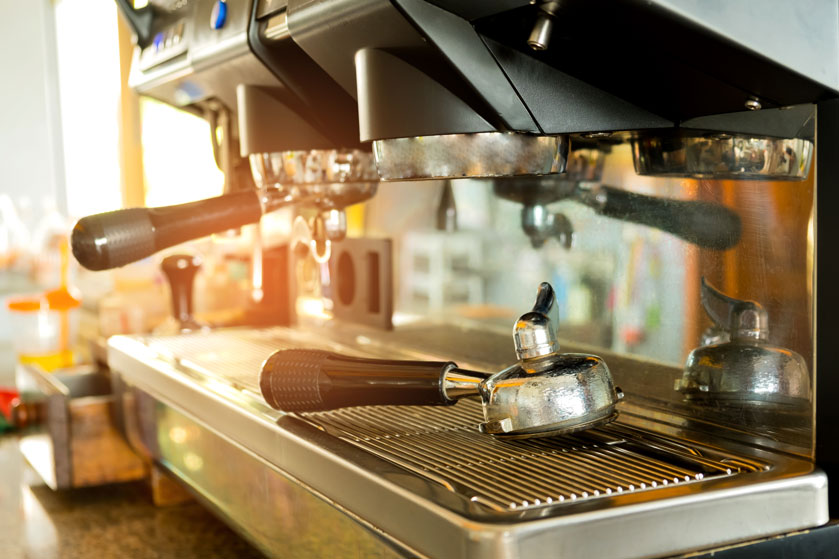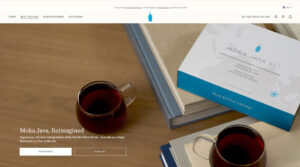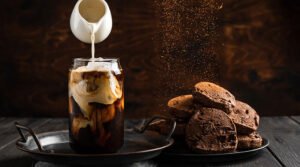There’s something undeniably magical about espresso beans, making the right coffee selection, masterting brewing technqiues, and getting a perfectly brewed cup of coffee. The aroma, the flavor, and the experience all come together to create something special. But, what’s the secret behind this enchanting beverage? The answer lies in the heart of the espresso bean and the brewing techniques used to coax the best flavors from it.

Espresso beans are a type of coffee bean used specifically for brewing espresso, a concentrated caffeinated beverage that has become increasingly popular around the world. What makes these beans unique from regular coffee beans is their roast level, grind size, and brewing method. This article will provide you with essential tips and tricks on selecting and preparing the perfect espresso beans, as well as brewing techniques to achieve the best cup of coffee possible.
The Art of Espresso Beans Selection & Preparation
The first step in brewing the perfect cup of coffee is selecting the right espresso beans. There are several factors to consider, such as the roast type, freshness, and origin or blend of the beans. Understanding these factors will help you choose the best beans for your taste preferences and brewing style.
Decoding Roast Types
Roast type plays a significant role in the flavor profile of the beans. Generally, espresso beans are roasted to a darker level, which results in a richer, bolder flavor. Lighter roasts tend to have more acidity and fruitiness, while darker roasts bring out the chocolate and caramel notes. When selecting beans, consider your personal taste preferences and try experimenting with different roast levels.
Ensuring Freshness
Freshness is another critical factor in espresso beans selection. Coffee beans are at their peak flavor within two weeks of roasting. To ensure that you are getting the freshest beans possible, look for a roast date on the packaging, and try to purchase from local roasters or reputable online sources.
Exploring the Origins of Blends
The origin or blend of espresso beans also impacts the overall flavor profile. Single-origin beans come from one specific region, and their flavors are influenced by the unique growing conditions of that area. Blended beans, on the other hand, are a mix of beans from different regions, which can create a well-rounded and balanced flavor. Experimenting with different origins and blends will help you discover the perfect bean for your palate.
Mastering the Preparation of Espresso Beans and Brewing Techniques to Brew the Perfect Cup
Once you’re happy with your coffee selection and have selected your ideal espresso beans, it’s important to prepare them correctly for brewing. This includes grinding, measuring, and storing the beans properly.
Grinding to Perfection for Optimal Flavor
Once you’ve selected your espresso beans, it’s crucial to prepare them correctly to extract the best flavor. Grinding your beans just before brewing is essential for a fresh, flavorful cup of coffee.

The grind size should be fine for espresso brewing, but not too fine that it clogs the machine. Finding the right grind size may require some trial and error, and adjustments may be needed based on your specific brewing equipment.
Measuring for Success
Measuring the right amount of coffee is essential for a balanced and flavorful cup. Generally, a good starting point is using 18-20 grams of coffee for a double espresso shot. However, this can vary based on the specific espresso beans and equipment you’re using. Don’t be afraid to experiment with different amounts to find the perfect ratio for your taste preferences.
Preserving the Essence with Proper Storage
Lastly, storing your beans properly is crucial to maintaining their freshness and flavor. Keep them in an airtight container, away from direct sunlight, heat, and moisture. It’s also best to store beans in a cool, dark place, such as a pantry or cupboard.
Uncovering the Secrets of Brewing Techniques
Once your beans are properly selected and prepared, it’s time to focus on the brewing process. Different types of brewers have their advantages and disadvantages, and it’s essential to familiarize yourself with the various brewing techniques to achieve the perfect cup of coffee.
The Battle of Manual vs Automatic Brewing
There are various brewing techniques and equipment available, each with its own set of advantages and disadvantages. Manual brewing methods, such as pour-overs or French presses, give you more control over the brewing process, allowing you to fine-tune your coffee’s flavor and coffee selection. Automatic machines, on the other hand, provide convenience and consistency but may offer less control over specific brewing variables.
Manual espresso machines allow you to have full control over every aspect of the brewing process, from grind size and water temperature to extraction time. This level of control can result in a more customized and potentially better-tasting espresso. However, manual machines can have a steep learning curve and require more time and effort to master.
Automatic espresso machines, on the other hand, offer convenience and consistency in the brewing process. These machines typically have pre-set settings for grind size, water temperature, and extraction time, making it easy to achieve a consistent cup of coffee with minimal effort. However, automatic machines may not offer as much customization as manual machines.
Choosing Between Single-Serve and Multi-Cup Brewing
When choosing between single-serve and multi-cup brewing, consider your lifestyle and preferences. Single-serve machines are great for those who want a quick, convenient cup without brewing an entire pot. Multi-cup brewing methods, such as drip coffee makers or espresso machines, are ideal for serving multiple people or those who enjoy grinding their own espresso beans and drinking multiple cups throughout the day.

Essential Tips to Keep in Mind for a Flawless Coffee Selection and Brewing Experience
Regardless of the brewing method you choose, there are essential tips to keep in mind for a perfect cup of coffee.
Water temperature should be between 195-205°F (90-96°C) to extract the best flavors from your coffee without scalding the beans. The grind size should be adjusted based on your brewing method, with finer grinds for espresso and coarser grinds for methods like a French press.
Lastly, pay attention to the extraction time, as over or under-extracting can lead to bitter or weak coffee. Experimenting with these variables will help you find the perfect combination for your brewing style and taste preferences.
Extraction times should typically range from 25-30 seconds for a standard espresso shot.
Wrapping Up Your Coffee Selection
In conclusion, brewing the perfect cup of coffee is a combination of selecting the right espresso beans, preparing them correctly, and mastering the brewing techniques that work best for you. By understanding the factors that impact coffee selection, learning how to grind, measure, and store your beans, and experimenting with different brewing methods, you’ll be well on your way to a sensational coffee experience.
Don’t be afraid to try new things and make adjustments until you find the perfect formula that brings out the best in your beans and leaves your taste buds wanting more. With practice and patience, you’ll be well on your way to enjoying the perfect cup of espresso. Happy brewing!








